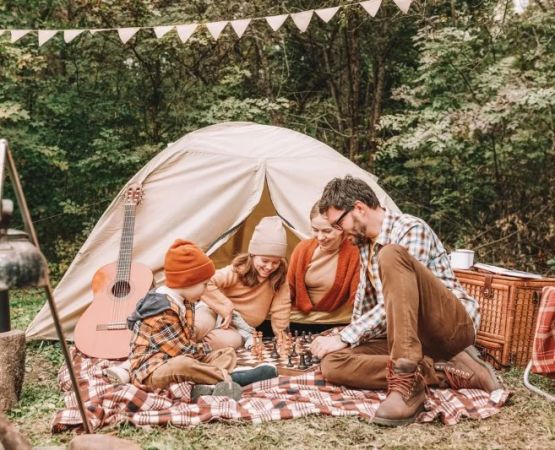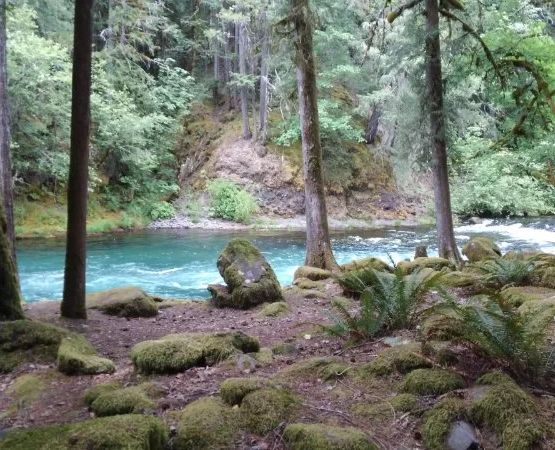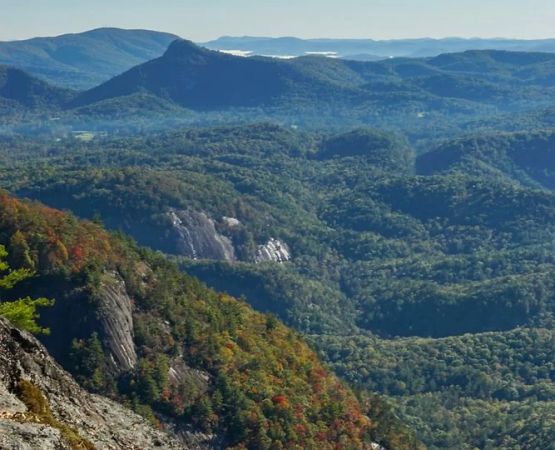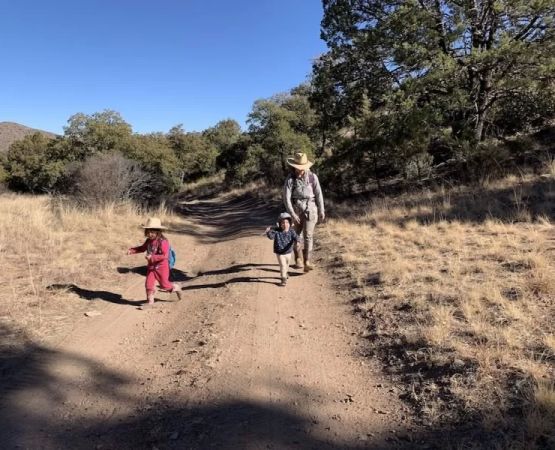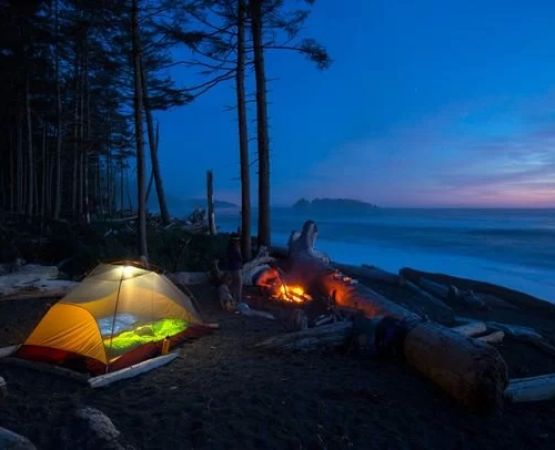- 1 - Essential Gear for Snowshoeing and Winter Hiking Overview
- 2 - Layered Clothing for Cold Weather
- 3 - Snowshoes and Footwear Essentials
- 4 - Trekking Poles and Stability Tools
- 5 - Navigation and Safety Equipment
- 6 - Hydration and Nutrition
- 7 - Real Experience from Winter Hikers
- 8 - Planning Your Snowshoeing Adventure
1. Essential Gear for Snowshoeing and Winter Hiking Overview
Snowshoeing and winter hiking are rewarding outdoor activities that allow adventurers to experience nature’s quiet beauty. To stay safe and comfortable, carrying the right essential gear for snowshoeing and winter hiking is crucial. From proper clothing to reliable navigation tools, preparation makes the difference between a fun day and a challenging ordeal.
2. Layered Clothing for Cold Weather
2.1 Base Layers
A moisture-wicking base layer is key to regulating body temperature. Materials like merino wool or high-quality synthetics keep sweat away from your skin.
2.2 Insulating Layers
Fleece or down jackets provide warmth while remaining lightweight. Choosing versatile options ensures comfort during fluctuating temperatures.
2.3 Outer Shell
A waterproof and windproof shell protects against snow and harsh winds, keeping you dry and shielding you from the elements.
3. Snowshoes and Footwear Essentials
Snowshoes are designed to distribute weight and prevent sinking into deep snow. Paired with insulated, waterproof boots, they provide both comfort and safety. Gaiters are an additional must-have, helping to keep snow out of your boots during long treks.
4. Trekking Poles and Stability Tools
Trekking poles with snow baskets offer balance on uneven, snowy terrain. Adjustable poles help reduce strain on knees and hips, especially on steep inclines or when carrying a heavy pack.
5. Navigation and Safety Equipment
Even familiar trails can look entirely different under snow. Carrying a map, compass, and GPS device ensures you stay on track. Safety gear like a headlamp, whistle, and small first aid kit are also essential for unexpected situations. In avalanche-prone areas, carrying a beacon and probe is strongly advised.
6. Hydration and Nutrition
Winter conditions can mask dehydration, so carrying an insulated water bottle is critical to prevent freezing. High-energy snacks like nuts, dried fruit, and energy bars provide sustained fuel during long hikes.
7. Real Experience from Winter Hikers
One winter adventurer shared how a last-minute decision to pack extra hand warmers saved their trek after temperatures unexpectedly dropped below freezing. Stories like these highlight the importance of being over-prepared rather than under-equipped.
8. Planning Your Snowshoeing Adventure
Preparation doesn’t stop at gear—checking weather conditions and trail reports is just as vital. Choosing routes suited to your experience level ensures a safer journey. For those looking to pair their adventure with comfort and relaxation, Pine Cliff Resort offers cozy accommodations and resources for winter explorers, making it a perfect base for snowshoeing or winter hiking trips.

